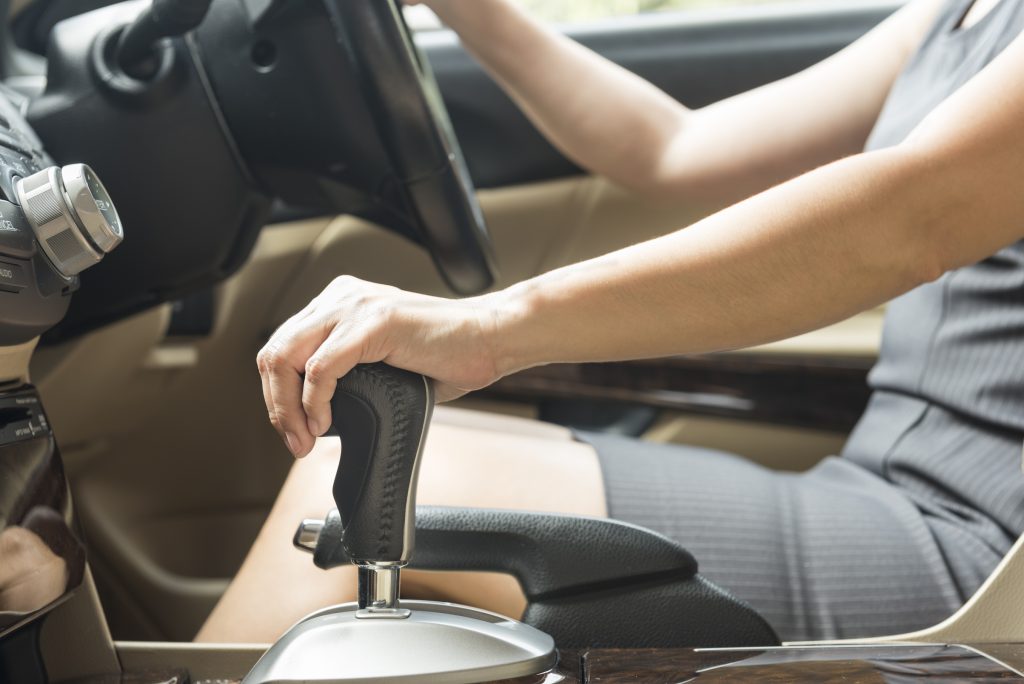How to Drive in a Fuel Efficient Way
Of course, other factors will affect fuel consumption in addition to driving, including the exact nature of the vehicles that are being used. Things like vehicle type, age, condition and load all have a part to play, as do uncontrollable factors like the weather, which can cause a driver to use more auxiliary systems like lights. Traffic will also have an effect on fuel consumption, but, even taking all of these things into account, there is still a need to tailor the method of driving itself. Here are a few effective ways to drive in a more fuel efficient way:
Don’t Stand Idle
A heavy duty truck engine often consumes two litres of fuel per hour when it is left standing idle. Even movement that is no quicker than walking pace is preferable to coming to a standstill, as the amount of fuel needed to promote forward motion from a static position is far greater. Don’t resort to excessive braking to remain in motion though, as this in itself is bad for fuel efficiency.
Avoid Hilly Terrain
Driving slowly through difficult terrain will reduce the fuel efficiency of otherwise efficient vehicles. If you do have to use such terrain, when you descend a hill, take the opportunity to use your momentum to make progress without resorting to your accelerator, as this means that you can continue to travel for a good distance at the expense of no fuel.
Maintain Tyre Pressure
Dwindling tyre pressure increases rolling resistance and wastes fuel. A 10lb psi reduction in tyre pressure will proportionately lower fuel economy by 1%, and under-inflated tyres are also safety hazards. Because of that, there are a number of sound reasons to correctly inflate the tyres on freight vehicles.
Reduce Gear Changes
Dropping down in gears always raises fuel consumption, and this occurs every time a gear is dropped. Using the visibility advantage from a high-seated truck to plan ahead is therefore advantageous, as this allows the driver of a truck reduce excessive gear changes. Moving up through a gearbox at speed is normally what you want to be doing.
Watch Your Speed
Fuel usage is dictated by the speed that a truck is travelling at. Keeping average speed at between 50-56 mph is probably the ideal, and this simple step can reduce fuel consumption by a notable 22%; hardly something to dismiss out of hand. Wherever possible, cruise control should also be used to achieve this.
Fuel-efficient driving is an essential habit to get into, as this style of driving also tends to be both safe and environmentally-friendly, so there’s clearly a lot of incentive to make these driving habits as commonplace as possible. However, no matter how important good driving is when ensuring fuel efficiency, you’ll still need fuel storage tanks and management systems to ensure that the entire picture is progressing as smoothly as possible, and we can certainly help you in this respect. To find out more about our products and our services, don’t hesitate to contact us now by calling 01254 291391 or emailing support@fueltek.co.uk if you’d like to find out more.









